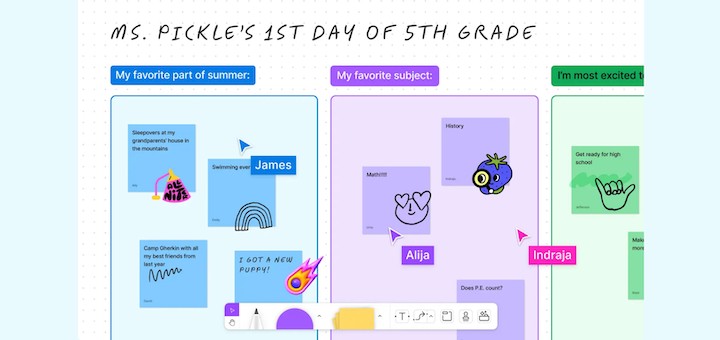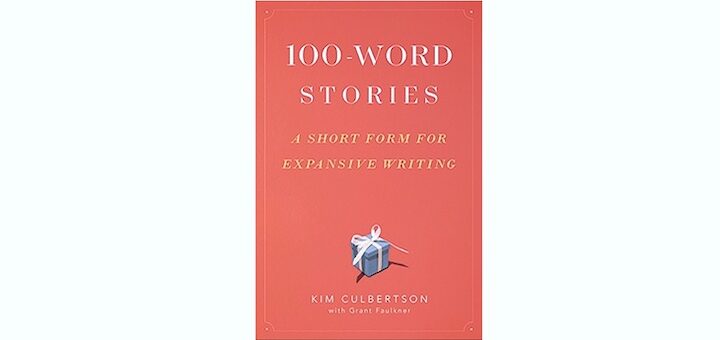Teaching and learning in grades 4-8
The world and our students are constantly changing. Adding modern connections to classic texts can engage readers by helping them relate to and understand the universal themes and messages in these works. ELA teacher Kasey Short shares examples of connection and some favorite titles.
For educators who want to create culturally, linguistically sustaining gifted education policies and practices, Robin M. Greene and Michelle Pacheco Dubois offer a roadmap for change in their new book. Teacher Katie Galayda notes the book can be extended beyond gifted classes.
Teachers are always short of resources. New teachers, in particular, need a helping hand and the tools to make their jobs less stressful. Education resources specialist April Angel urges them to take advantage of quality resource sites to plan lessons and fill specific needs.
If you have been wondering how you can move on when Jamboard sunsets in December, Kathleen Palmieri has found a super next-generation tool developed through a collaboration of Google – FigJam by Figma – that offers easy transition and improved tools. See her overview and tips.
As pre-service teachers anticipate their first classrooms, former Kansas TOY and teacher educator Curtis Chandler is ready with expert strategies to help them select the right schools and successfully complete the interview process. He stresses staying positive and being persistent.
100-Word Stories: A Short Form for Expansive Writing by Kim Culbertson and Grant Faulkner is a wonderful resource for teaching with micro texts and for helping students in levels 5-12 develop both writing and reading mastery, writes middle school ELA teacher Erin Corrigan-Smith.
The missteps of middle schoolers may be “developmentally appropriate” but we still need to guide students to do better, writes school leader Jody Passanisi. “Students this age often rise to the expectations that are set for them. That is developmentally appropriate, too.”
Watching a movie in class doesn’t have to be passive, says Jason DeHart. Teachers can engage students in a critical process of “reading” film and also responding as readers by creating video products. It’s time to broaden literacy education to meet students where they are.
Educator and author Regie Routman considers heart-centered principles that can help us go a long way to ensure that what we do and are asking our students and loved ones to do will result in personal and professional growth, gratitude, generosity, and even sparks of greatness.
After reading Co-Intelligence, Sarah Cooper is newly optimistic about the possibilities of AI in education – and trying to live more like a cyborg. Follow along as she inspects the author’s rules for co-intelligence, ways to personalize AI for educators, and how and if we might co-exist in the future.







































